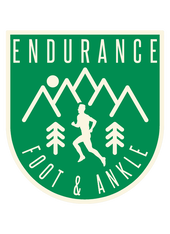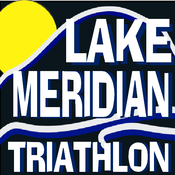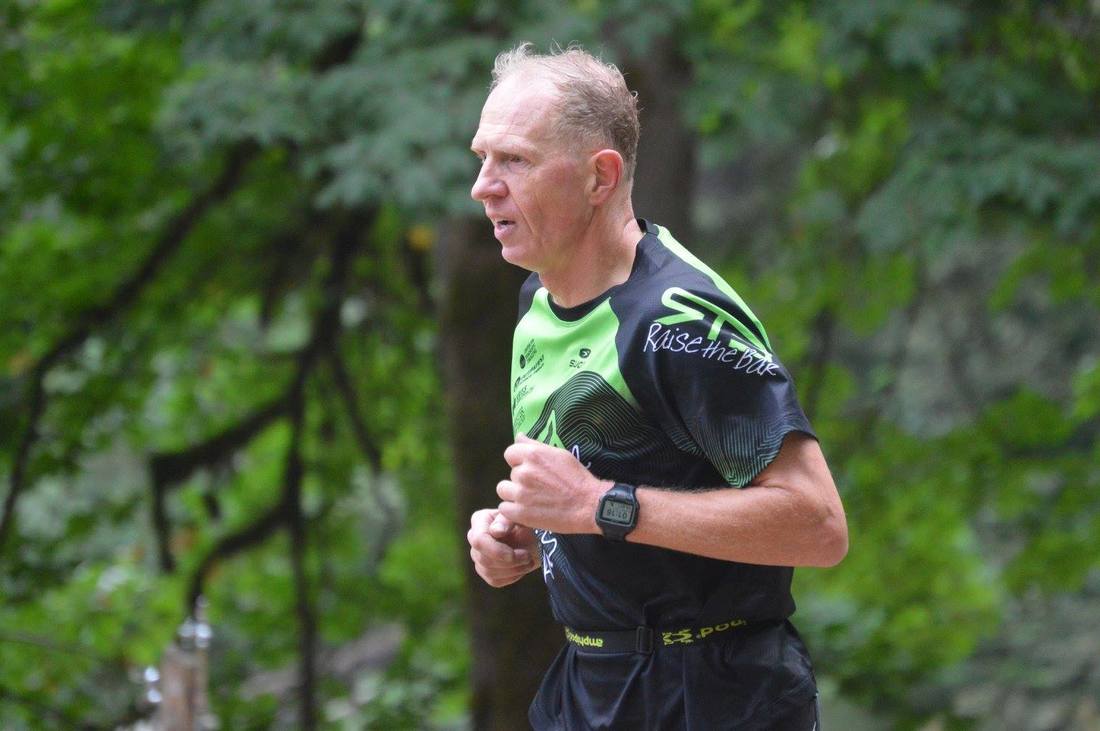 Dr. Chris Jones, DPM Endurance Foot & Ankle To understand the role of orthotics in cycling and running, first we need to make sure we have a good understanding of what an orthotic is and what its intended purpose is. The term orthotics, or orthoses, can refer to a support, brace, or splint used to support, align, prevent, or correct the function of movable parts of the body. More specifically, custom foot orthotics are designed to correct or alter abnormal gait or walking patterns by impacting the forces, pressures, and or/motions related to the foot during walking or weight-bearing activities. That being said, not all foot orthotics are created equally! An accommodative foot orthotic, for example, is -- in the simplest of terms -- a cushion. So when you step on that scanning device for your ‘custom’ Dr. Scholl’s orthotics, do not be deceived about what you are actually getting. You are essentially paying for an overpriced cushion. This is an accommodative orthotic. On the other hand, a functional orthotic, which is made of semi-rigid materials, is one that may provide some degree of correction to your lower extremity biomechanics (mechanical laws relating to the movement of your legs and feet). A functional orthotic can be especially helpful for the treatment or prevention of things like symptomatic flatfeet, Achilles problems, heel pain, knee or low back pain, or many other lower extremity problems/injuries. Some over-the-counter products can be classified as functional orthotics, however, we should not confuse them with custom orthotics as these prefabricated devices are not designed specifically for your feet and your feet only. That is not to say that over-the-counter orthotics cannot be beneficial for you, however. So what role could orthotics play in your training? First, let’s discuss running. Running injuries in the everyday triathlete are all too common. If you’re one of the few who have avoided a running-related injury, hats off to you! If you are like the rest of us, however, and you are anything like me, you are likely desperate for a solution. Your injury could be due to overuse, your mechanics, shoe gear, terrain, or a number of other factors. However, if you are experiencing frequent injuries, a biomechanical evaluation for orthotics is something you should definitely consider. Anecdotally, many swear by their effectiveness. And scientifically, the medical literature has demonstrated that custom, functional orthoses do alter the kinetics of the lower extremity during running. However, we do not know to what extent and is it significant enough to prevent or help injury. There is evidence to suggest that conditions such as Achilles tendinopathy (tendinitis), plantar fasciitis/heel spurs, bunions, hammertoes and others can benefit from the use of custom orthoses in running activities. Not to mention, it has been demonstrated that a semi-rigid, functional orthotic can help a softer, lower-stability shoe to act like a higher-stability shoe. When it comes to cycling, the role for custom orthotics may be less apparent, but can be equally beneficial. As someone who uses custom orthotics in his cycling shoes, I can attest to their effectiveness. The key to an effective pedal stroke is a keeping the motion from your hips down to your toes in a consistent plane. Many triathletes and cyclists develop knee or foot pain due to inward/outward motion during the pedal stroke or an imbalance of distribution of pressure through the cleat and pedals. All issues that could possibly be corrected with a custom cycling orthotic (not to mention, a good bike fit). When it comes to the medical literature, again, the jury is still out. It certainly demonstrates orthotics’ effectiveness in altering mechanics, such as increasing the force under the great toe joint and aligning the knees, but its direct impact on FTP is unknown. Suffice it to say, however, a custom cycling orthotic is a rigid platform which has the potential to increase power slightly just like rigid cycling shoes do. A cycling orthotic should look and feel quite different from a running orthotic. Ideally, it will be very low profile, as to not take up too much space in your cycling shoes. It should also feature a more rigid material in the midfoot/forefoot to provide stiffness, for a more powerful and efficient stroke. So if you are frustrated by recurring injury or just curious about what an orthotic might be able to do for your training, don’t hesitate to reach out to our clinic for questions or to schedule an appointment. At Endurance Foot and Ankle we offer in-depth, frame-by-frame, slow-motion gait and run analysis for our clients, as well as evaluation and casting for sport-specific, custom orthotics. For cycling, we also offer video analysis of your pedal stroke mechanics and evaluation for custom cycling orthotics.  Dr. Chris Jones, DPM RTB welcomes Dr. Christopher Jones of Endurance Foot and Ankle in Issaquah. EFA helps athletes overcome and avoid injury, recover faster, and maximize performance.Services include Gait Analysis, Deep Tissue Release, Sport-specific custom orthotics, Recovery therapy (dynamic compression and cryotherapy), Sweat Analysis, and Diagnosis & Management of Lower Extremity Injuries. Comments are closed.
|
Raise the BarRace reports, upcoming events, news, and more, from RTB. Archives
September 2023
|
 RSS Feed
RSS Feed




